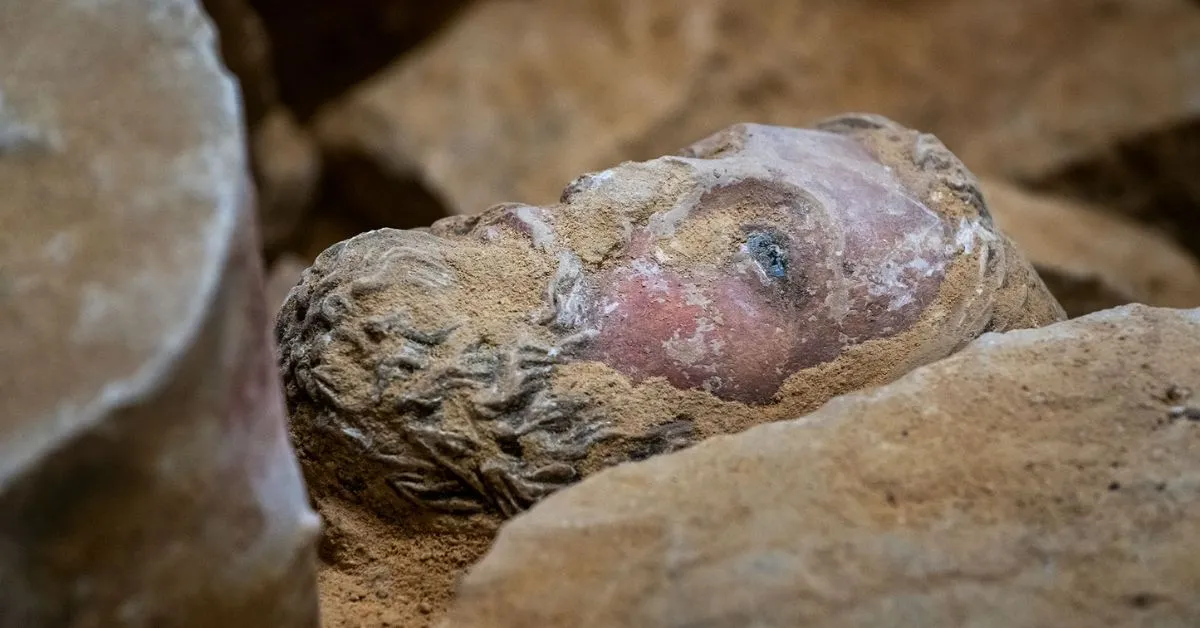
Following the serious fire that hit Notre Dame Cathedral in April 2019, excavations were carried out to restore this emblematic monument. During the work carried out by the archaeologists were Two sarcophagi were discovered. One of them belonged to Antoine de La Porte, a canon who died in 1710. However, The second body had remained unidentified until now.
Recently, scientists have speculated that the remains could correspond to Joachim du Bellay, a renowned Renaissance poet. According to studies carried out on the skeleton, and which were shared by Inrap, it was discovered that it was a man of about 35 who suffered from bone tuberculosis, a disease that affects the bones, and had a lifestyle in which he spent a lot of time riding horses. This fits with du Bellay’s biographywho also suffered from health problems such as deafness and headaches in his later years.
Who was Joachim du Bellay?
Joachim du Bellay Born in 1522 in Liré, France, and died in 1560 in Paris. He was one of the leaders of the literary group known as La Pléiadewhich promoted poetry in French. His most famous poem is ‘Heureux qui comme Ulysse’ (Happy he who is like Ulysses), which is still studied in schools in France.
Despite evidence supporting the theory that these remains are du Bellay’s, some experts remain skeptical. Archaeologist Christophe Besnier said isotopic analysis of the teeth suggests the individual may have lived in other regions, such as Paris or the Rhône-Alpes, until he was 10 years old. This contrasts with the known information that du Bellay grew up in Anjou.
The investigation into these findings continues and if it is confirmed that the remains are indeed those of du Bellay, It would be a fascinating discovery that would provide a new perspective on the life of one of the great poets of French literature.
Source: https://www.noticiascaracol.com/mundo/durante-excavaciones-encontraron-dos-sarcofagos-debajo-de-la-catedral-de-notre-dame-rg10


